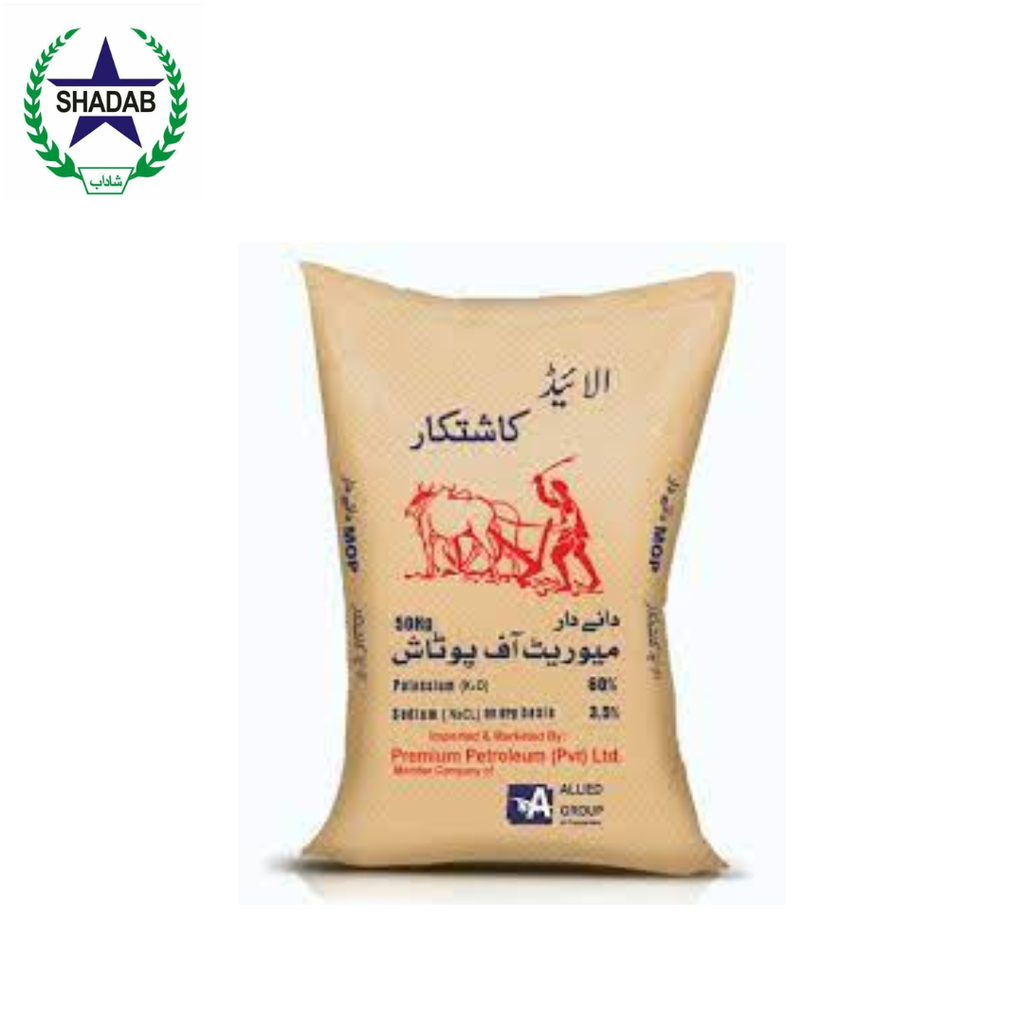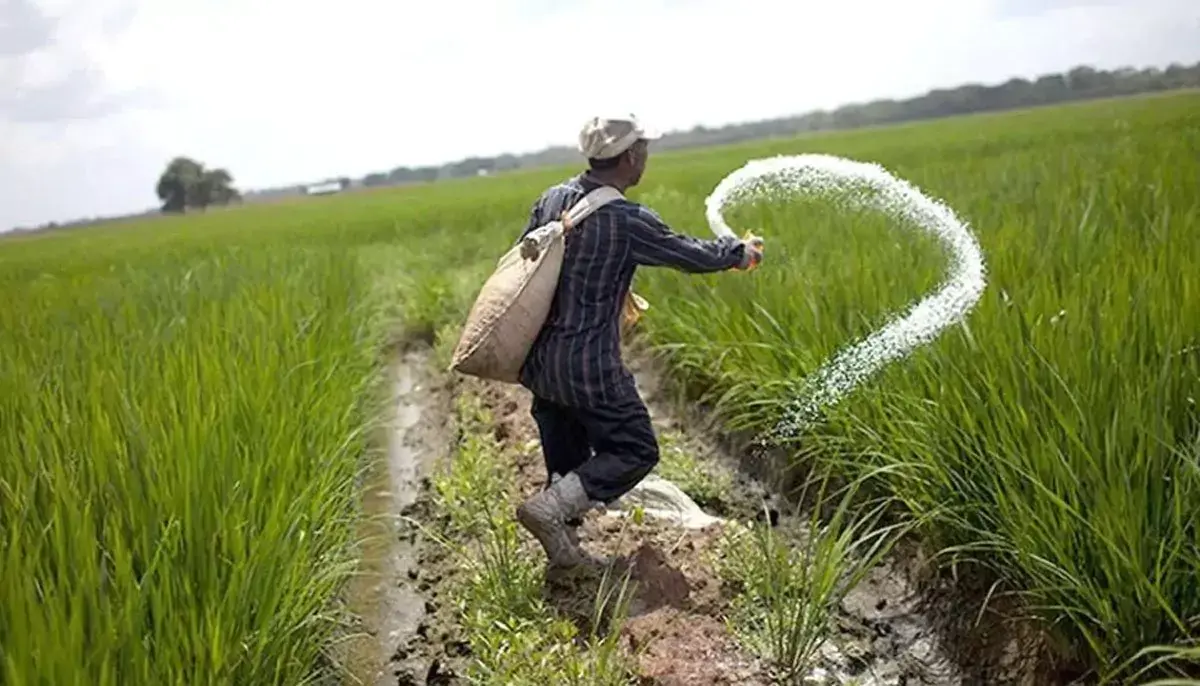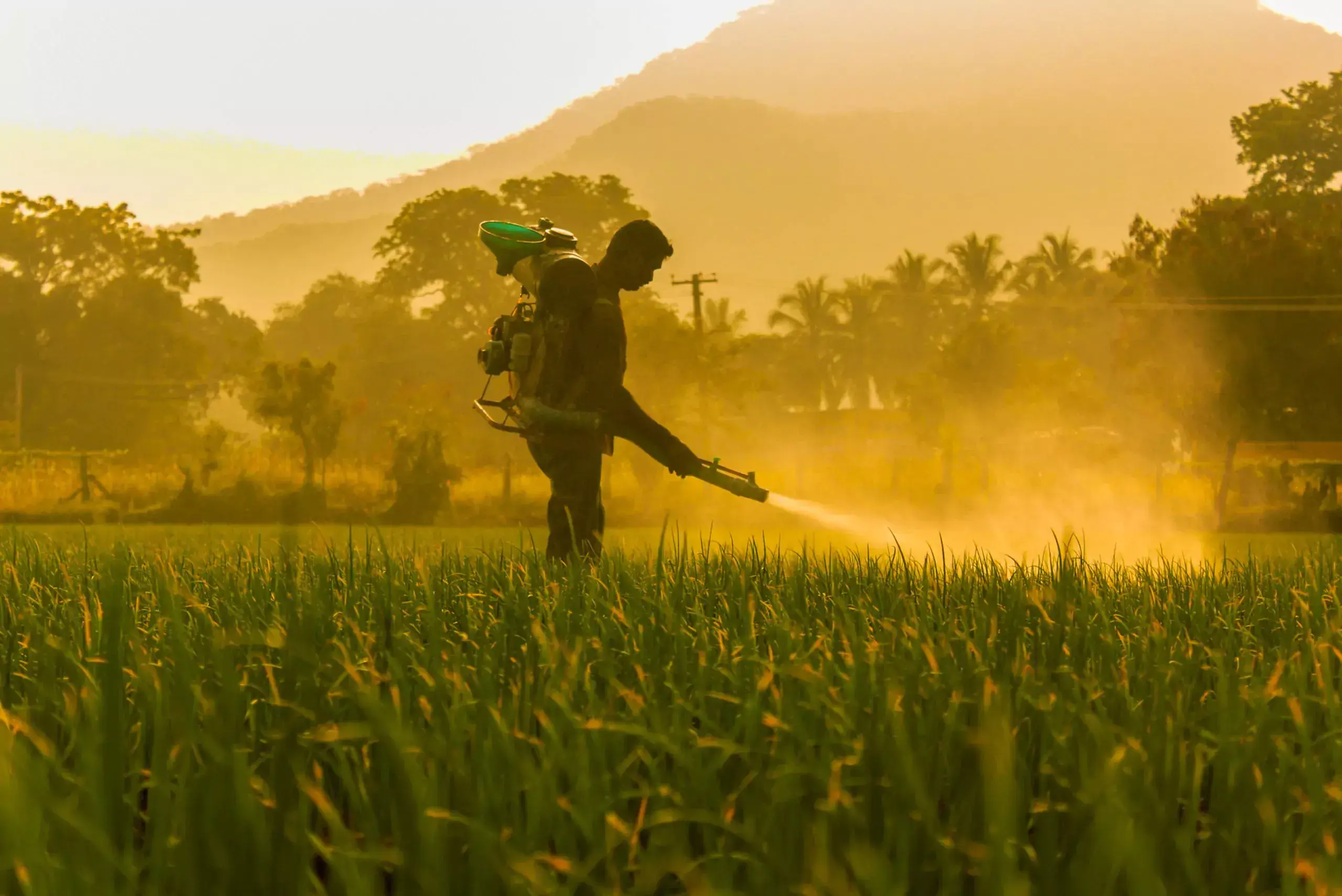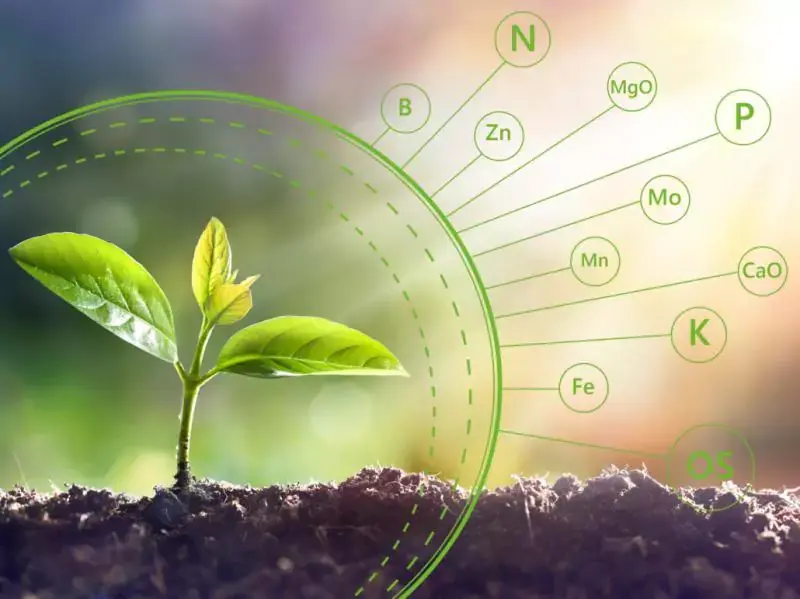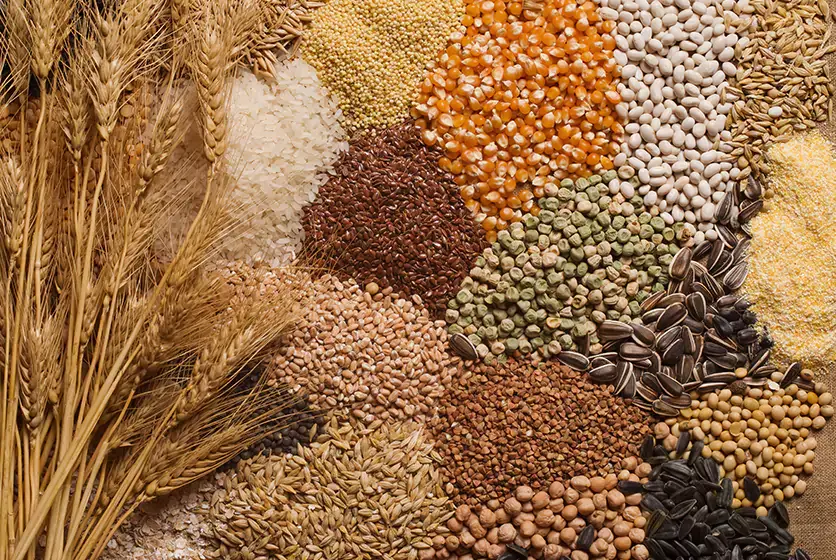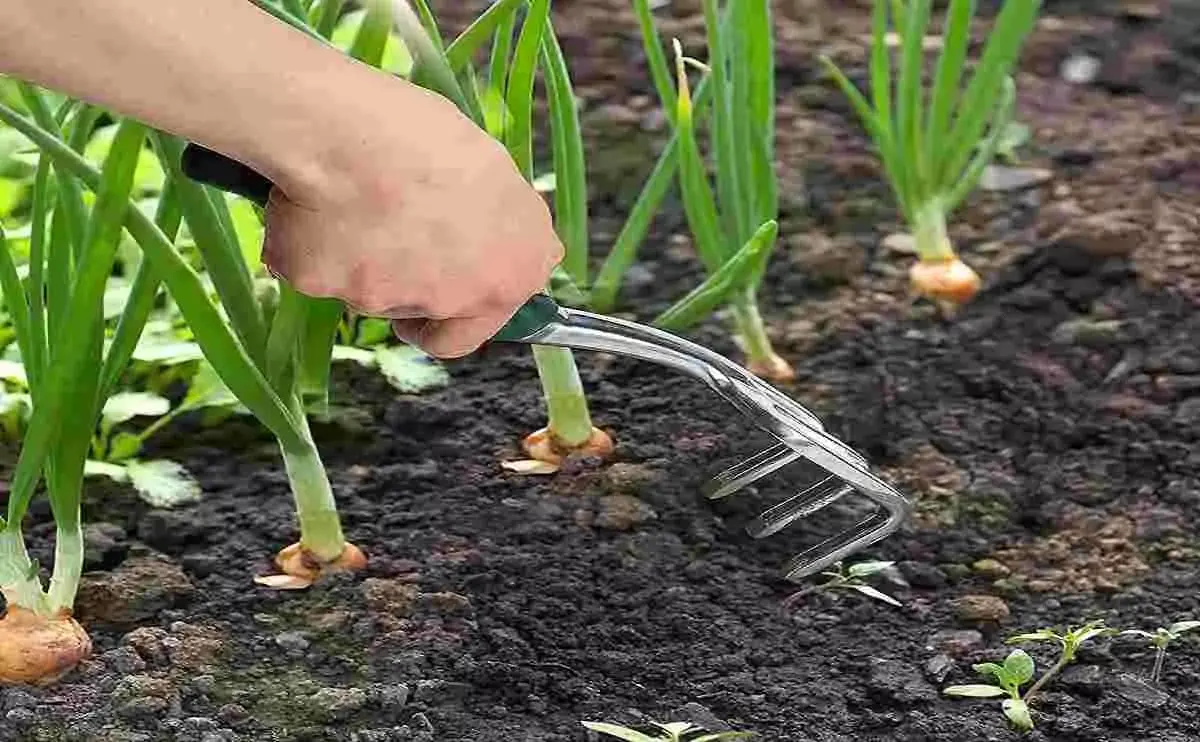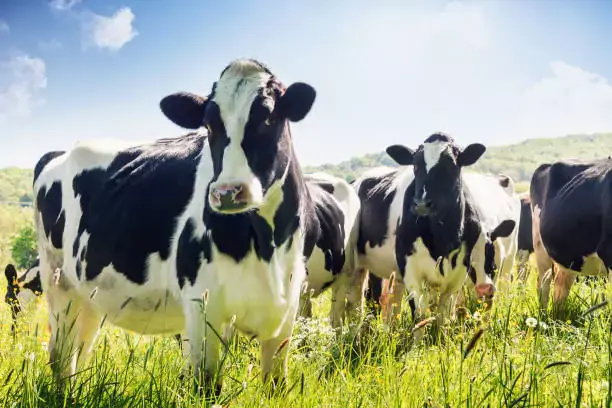فصل کی مختلف اقسام کے لیے استعداد: مختلف قسم کی فصلوں پر لاگو ہوتا ہے، بشمول پھل، سبزیاں، اناج اور پھلیاں۔ اسے دیگر کیمیائی کھادوں کے ساتھ مل کر یا خود استعمال کیا جا سکتا ہے۔ یہ مٹی کی مختلف اقسام کے ساتھ مطابقت رکھتا ہے اور جب مناسب مقدار میں لاگو کیا جائے تو مٹی کے پی ایچ پر کوئی اثر نہیں پڑتا۔
استعمال میں آسانی: کھاد کے زیادہ موثر ہونے کے لیے، اسے پانی میں گھلنشیل ہونا چاہیے۔ KCl کے یکساں سائز کے سخت دانے آسانی سے تحلیل کرنے کی اجازت دیتے ہیں۔ ایک بار تحلیل ہونے کے بعد، اس کا اطلاق مختلف طریقوں سے کیا جا سکتا ہے جیسے کہ نشریات، بینڈنگ، اور مائع شکل میں فرٹیگیشن۔ فصلوں کے لیے کاشتکار کو استعمال کرنے میں ناکامی کے نتیجے میں پوٹاشیم کی کمی ہو سکتی ہے، جو فصل کی قسم کے لحاظ سے مختلف علامات ظاہر کرتی ہے۔ پوٹاشیم کی کمی کی ایک عام بصری علامت پتوں کے حاشیوں کا پیلا اور جھلس جانا ہے، جبکہ پتے کا مرکزی حصہ سبز رہتا ہے۔ وقت گزرنے کے ساتھ، کنارے بھورے ہو سکتے ہیں اور مر سکتے ہیں۔ دیگر ممکنہ علامات میں پتوں کے سائز میں کمی، فصل کی کم پیداوار، اور پیداوار کا کمتر معیار شامل ہیں، جو سائز، یکسانیت، شوگر کا مواد، اور پروٹین کے مواد جیسی خصوصیات کو متاثر کرتے ہیں۔ مزید برآں، فصلوں کی شیلف لائف کو مختصر کیا جا سکتا ہے، اور ان کی بیماریوں کا خطرہ بڑھ سکتا ہے۔
Versatility
for Various Crop Types: MOP is applicable to a diverse array of crops,
including fruits, vegetables, cereals, and legumes. It can be used in
conjunction with other chemical fertilizers or on its own. It is compatible
with different soil types and, when applied in suitable amounts, has little to
no effect on soil pH.Ease of Application: For a fertilizer to be most effective, it should be
water-soluble. The uniformly sized hard granules of KCl allow for easy
dissolution. Once dissolved, it can be applied through various methods such as
broadcasting, banding, and fertigation in liquid form. Failing to utilize MOP
Kashtkar for crops can result in potassium deficiencies, which exhibit various
symptoms depending on the type of crop. A typical visual sign of potassium
deficiency is the yellowing and scorching of the leaf margins, while the
central portion of the leaf remains green. Over time, the edges may turn brown
and die. Other potential symptoms include reduced leaf size, lower crop yields,
and inferior quality of the yield, affecting characteristics such as size,
uniformity, sugar content, and protein content. Additionally, the shelf life of
the crops may be shortened, and their vulnerability to diseases may be
heightened.
